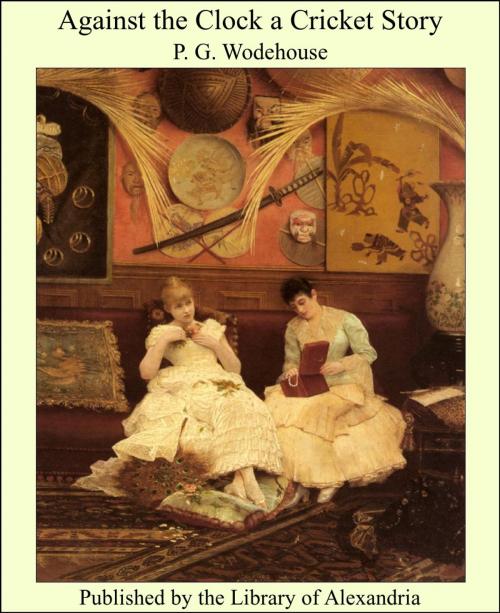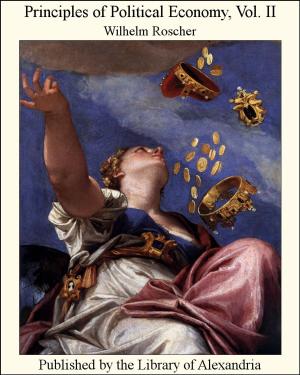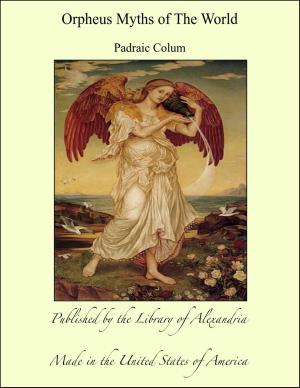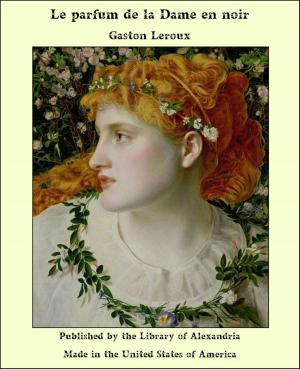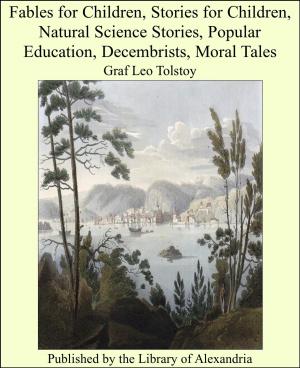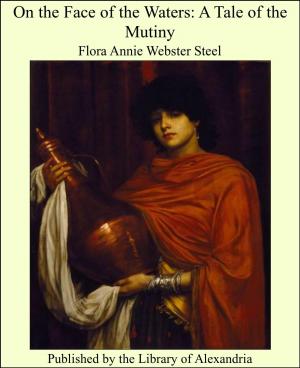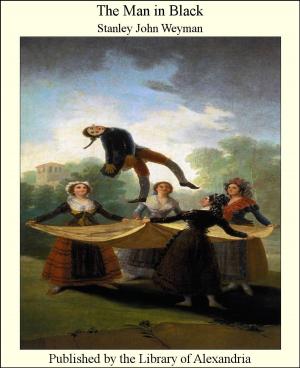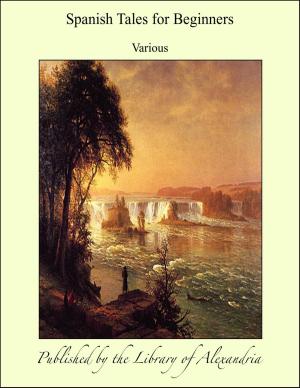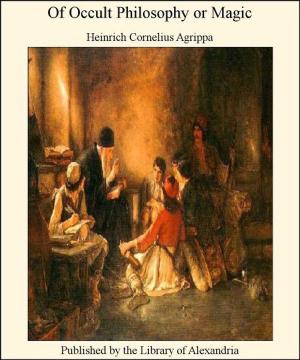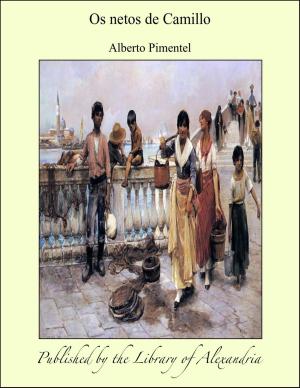Against the Clock a Cricket Story
Nonfiction, Religion & Spirituality, New Age, History, Fiction & Literature| Author: | Sir Pelham Grenville Wodehouse | ISBN: | 9781465540188 |
| Publisher: | Library of Alexandria | Publication: | March 8, 2015 |
| Imprint: | Language: | English |
| Author: | Sir Pelham Grenville Wodehouse |
| ISBN: | 9781465540188 |
| Publisher: | Library of Alexandria |
| Publication: | March 8, 2015 |
| Imprint: | |
| Language: | English |
THE present work is the outcome of two lectures on the Books of the Tuat, i.e., the Egyptian Underworld, or "Other World," which I had the honour to deliver at the Royal Institution in the spring of 1904, and it has been prepared at the suggestion of many who wished to continue their inquiries into the beliefs of the Egyptians concerning the abode of the departed, and the state of the blessed and the damned. The object of all the Books of the Other World was to provide the dead with a "Guide" or "Handbook," which contained a description of the regions through which their souls would have to pass on their way to the kingdom of Osiris, or to that portion of the sky where the sun rose, and which would supply them with the words of power and magical names necessary for making an unimpeded journey from this world to the abode of the blessed. For a period of two thousand years in the history of Egypt, the Books of the Other World consisted of texts only, but about B.C. 2500 funeral artists began to represent pictorially the chief features of the "Field of Peace," or "Islands of the Blessed," and before the close of the XIXth Dynasty, about 1300 years later, all the principal books relating to the Tuat were profusely illustrated. In the copies of them which were painted on the walls of royal tombs, each division of the Tuat was clearly drawn and described, and each gate, with all its guardians, was carefully depicted. Both the living and the dead could learn from them, not only the names, but also the forms, of every god, spirit, soul, shade, demon, and monster which they were likely to meet on their way, and the copious texts which were given side by side with the pictures enabled the traveller through the Tuat--always, of course, provided that he had learned them--to participate in the benefits which were decreed by the Sun-god for the beings of each section of it. In primitive times each great city of Egypt possessed its own Other World, and, no doubt, the priests of each city provided the worshippers of their gods with suitable "guides" to the abode of its dead. In the beginning of the Dynastic Period, however, we find that the cult of Osiris was extremely popular, and therefore it was only natural that great numbers of people in all parts of Egypt should hope and believe that their souls after death would go to the kingdom in the Other World over which he reigned. The beliefs connected with the cult of Osiris developed naturally out of the beliefs of the Predynastic Egyptians, who, we have every reason to think, dealt largely in magic both "Black" and "White." Many of the superstitions, and most of the fantastic and half-savage ideas about the gods and supernatural powers enshrined in the great collection of religious texts called PER-EM-HRU, were inherited by the Dynastic Egyptians from some of the oldest dwellers in the Nile Valley. Those who died in the faith of Osiris believed in the efficacy of PER-EM-HRU, and were content to employ it as a "Guide" to a heaven which was full of material delights; the number of those who were "followers" of Osiris was very large under every dynasty in Egypt. On the Other hand, from the IVth Dynasty onwards there was a very large class who had no belief in a purely material heaven, and this being so, it is not surprising that Books of the Other World containing the expression of their views should be composed. The principal Books of the Underworld in vogue under the XVIIIth and XIXth Dynasties were:--1. PER-EM-HRU, or, "[The Book] of the Coming Forth by Day." 2. SHAT ENT AM TUAT, or, "of that which is in the Tuat." 3
THE present work is the outcome of two lectures on the Books of the Tuat, i.e., the Egyptian Underworld, or "Other World," which I had the honour to deliver at the Royal Institution in the spring of 1904, and it has been prepared at the suggestion of many who wished to continue their inquiries into the beliefs of the Egyptians concerning the abode of the departed, and the state of the blessed and the damned. The object of all the Books of the Other World was to provide the dead with a "Guide" or "Handbook," which contained a description of the regions through which their souls would have to pass on their way to the kingdom of Osiris, or to that portion of the sky where the sun rose, and which would supply them with the words of power and magical names necessary for making an unimpeded journey from this world to the abode of the blessed. For a period of two thousand years in the history of Egypt, the Books of the Other World consisted of texts only, but about B.C. 2500 funeral artists began to represent pictorially the chief features of the "Field of Peace," or "Islands of the Blessed," and before the close of the XIXth Dynasty, about 1300 years later, all the principal books relating to the Tuat were profusely illustrated. In the copies of them which were painted on the walls of royal tombs, each division of the Tuat was clearly drawn and described, and each gate, with all its guardians, was carefully depicted. Both the living and the dead could learn from them, not only the names, but also the forms, of every god, spirit, soul, shade, demon, and monster which they were likely to meet on their way, and the copious texts which were given side by side with the pictures enabled the traveller through the Tuat--always, of course, provided that he had learned them--to participate in the benefits which were decreed by the Sun-god for the beings of each section of it. In primitive times each great city of Egypt possessed its own Other World, and, no doubt, the priests of each city provided the worshippers of their gods with suitable "guides" to the abode of its dead. In the beginning of the Dynastic Period, however, we find that the cult of Osiris was extremely popular, and therefore it was only natural that great numbers of people in all parts of Egypt should hope and believe that their souls after death would go to the kingdom in the Other World over which he reigned. The beliefs connected with the cult of Osiris developed naturally out of the beliefs of the Predynastic Egyptians, who, we have every reason to think, dealt largely in magic both "Black" and "White." Many of the superstitions, and most of the fantastic and half-savage ideas about the gods and supernatural powers enshrined in the great collection of religious texts called PER-EM-HRU, were inherited by the Dynastic Egyptians from some of the oldest dwellers in the Nile Valley. Those who died in the faith of Osiris believed in the efficacy of PER-EM-HRU, and were content to employ it as a "Guide" to a heaven which was full of material delights; the number of those who were "followers" of Osiris was very large under every dynasty in Egypt. On the Other hand, from the IVth Dynasty onwards there was a very large class who had no belief in a purely material heaven, and this being so, it is not surprising that Books of the Other World containing the expression of their views should be composed. The principal Books of the Underworld in vogue under the XVIIIth and XIXth Dynasties were:--1. PER-EM-HRU, or, "[The Book] of the Coming Forth by Day." 2. SHAT ENT AM TUAT, or, "of that which is in the Tuat." 3
